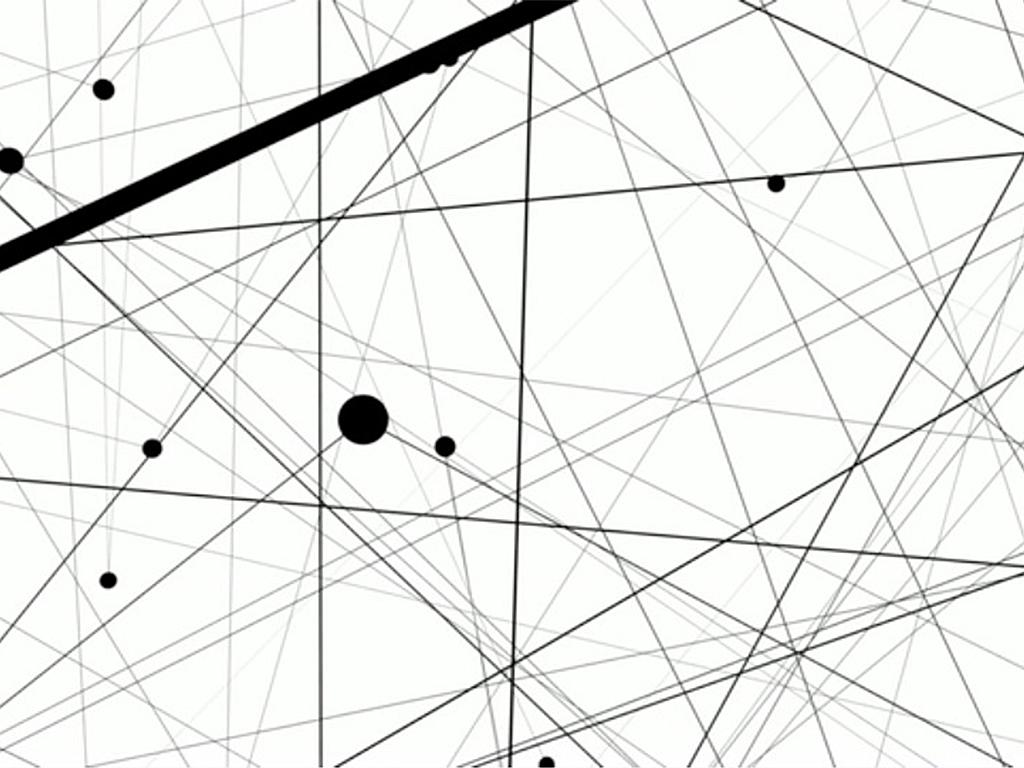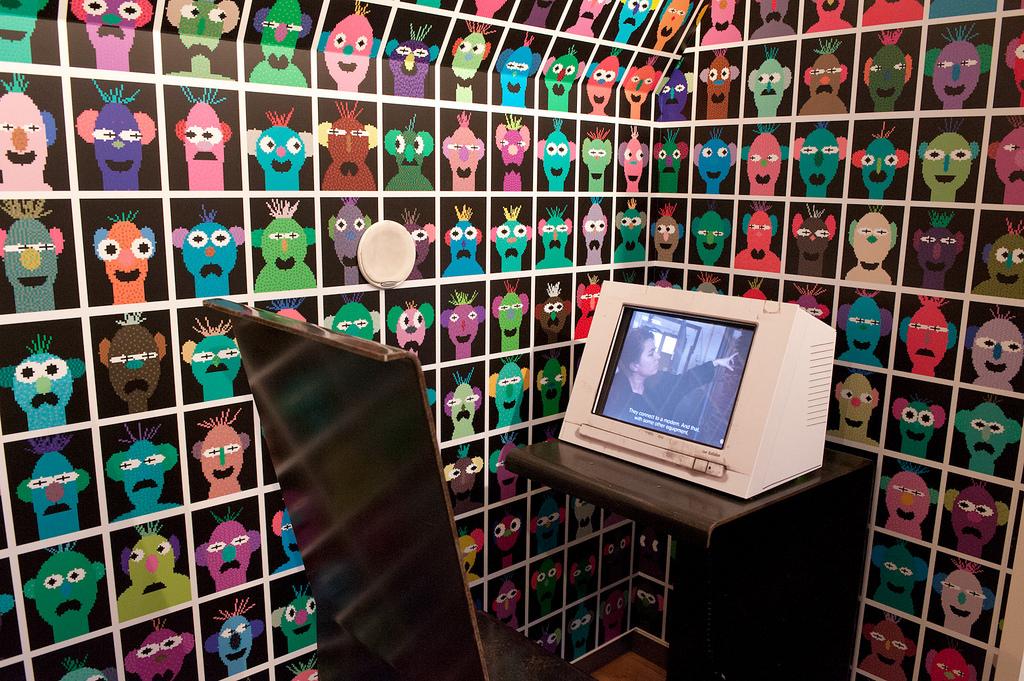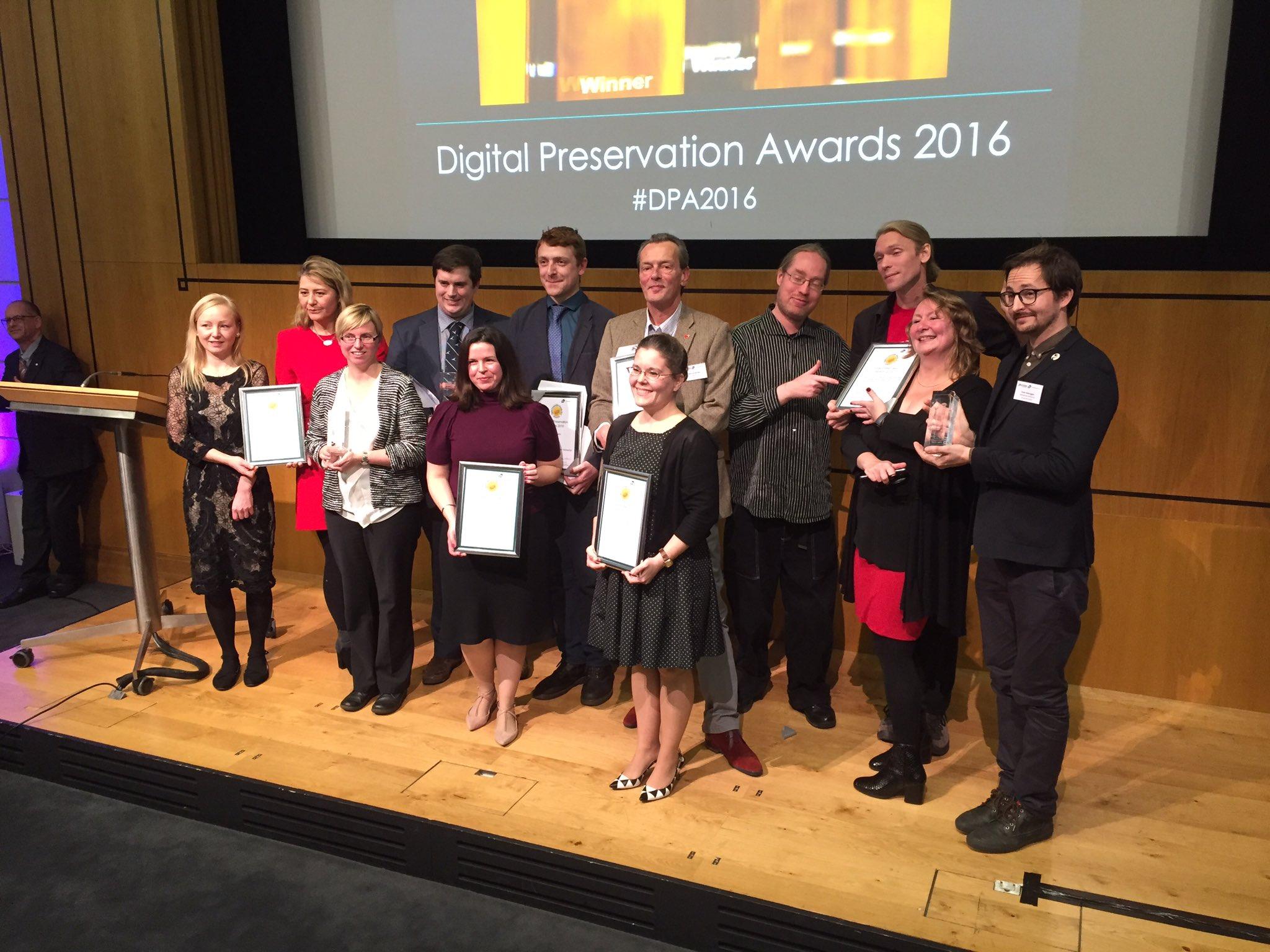On 17 November 2013 it was 25 years ago that The Netherlands became connected to the Internet.
Piet Beertema, at that time system administrator at the Centrum Wiskunde & Informatica (CWI - research in mathematics and computer science) in Amsterdam, made the first contact on 17 November 1988. The Netherlands became the first European country to get access to the Internet. Stephen Wolff sent the following message from the United States in the afternoon (local time) to Beertema via the first trans-atlantic connection between the CWI and the USA:

Until that day, the Internet had been a strictly American affair. It was not that The Netherlands was more advanced in technology those days, but old-fashioned, human interaction that caused our country to become the first to be connected: having the right contacts in the scientific world. The American internet pioneer Rick Adams was the main contact at that moment. He worked at the National Science Foundation Network (NSFnet), in those days the backbone of the Internet. Scientists in the USA already used the Internet on a daily basis to communicate with each other.
In Europe, other countries and organisations followed swiftly. In the beginning in The Netherlands, SURFnet connected the academic world of universities, academic hospitals and research institutes. Commercial organisations and citizens had to wait until 1993. At that time, the first internet communities also emerged, like the famous Digital City in Amsterdam, De Digitale Stad (on 15 January 1994). A year later Waag (named De Waag - Society for Old and New Media at the time) was established on 1 December 1994, thus being 20 years ago in 2014.
For anyone interested in the origins of the Internet, this video from 2009 still explains it well:
History of the Internet from Melih Bilgil on Vimeo.


